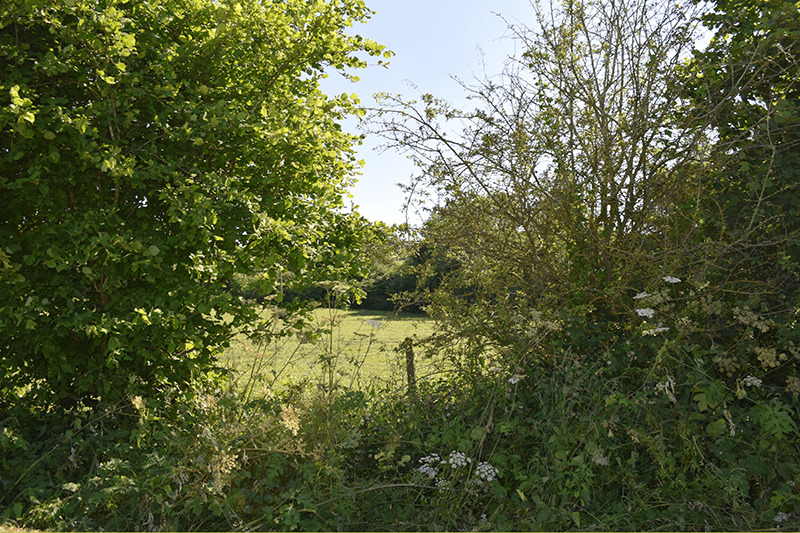Planning and hedgerows

A starting point is to determine whether a hedgerow has been correctly represented in the planning application. For example, you can check whether the correct term ‘hedgerow’ has been used, rather than a watered-down equivalent term such as a ‘fence’.
Hedgerows are defined as a priority habitat under Section 41 of the Natural Environment and Rural Communities (NERC) Act 2006. The National Planning Policy Framework (NPPF) states that plans should ‘promote the conservation, restoration and enhancement of priority habitats’. Thus removing any hedgerow, but especially a species-rich ‘important’ hedgerow, would go against these values. These are points you can raise in your objection to a planning application. You can highlight if any hedgerows are listed as important under the Hedgerows Regulations 1997. An ‘important’ hedgerow is classified as any which has existed for 30 years or more and satisfies at least one of the listed criteria.
Outlining the value of hedges for biodiversity in your response is also a useful strategy. A newly planted hedge will not replace an ancient species-rich hedge. However, in order to meet net gains for biodiversity if a hedge removal goes ahead, any new hedges planted as compensation must also be managed appropriately according to the natural hedge lifecycle and to provide the optimal hedge structure so as to maximise the wildlife value. They must also be positioned to provide habitat connectivity.
